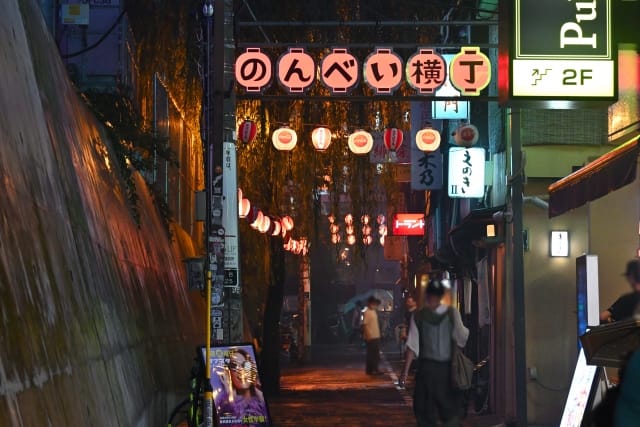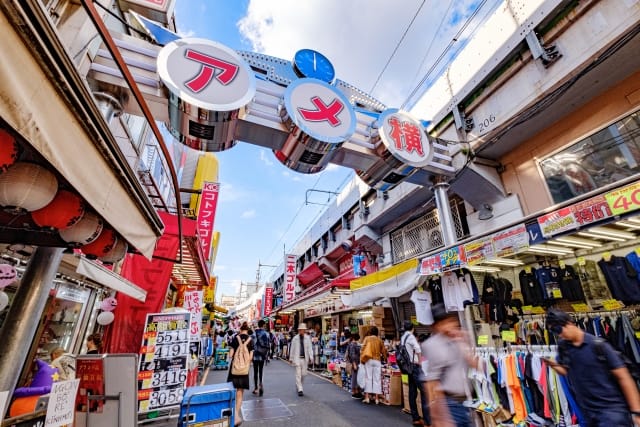Unagi Food Guide: Discovering Japan's Delectable Eel Dishes
The reason for updating the article is the growing interest in tours that allow visitors to enjoy Japanese food culture and delicious dishes. As these tours gain popularity, Magical Trip's tour, which ranked #1 among all tours on Tripadvisor, has been receiving numerous applications.

For those interested in traditional Japanese cuisine, join the "Finest Quality Sushi & Tempura Dining Experience in Ginza," where a knowledgeable local guide will take you to their highly recommended Japanese restaurants. While enjoying sushi, tempura, and sake, your local guide will teach you proper dining etiquette and the best ways to savor each dish.
If you want to experience local cuisine beloved by residents in Japan's top culinary destinations, we recommend these two tours:
Kyoto and Osaka are premier culinary destinations, second only to Tokyo in the number of Michelin-starred restaurants. Take the opportunity to fully immerse yourself in each city's unique food culture while enjoying their exquisite local specialties.
We hope you'll have a wonderful time experiencing everything Ueno has to offer by joining a Magical Trip tour!
Introduction
While it might be an unusual ingredient for foreigners, every Japanese person has experienced an irresistible craving for unagi when summer comes. This is actually a custom that has continued since the Edo period. Even back then, it was said that "unagi is good for preventing summer health problems."
But eating unagi in summer isn't just a superstition. Unagi is a nutrient-rich food that can energize your body when it's tired from the heat.
Since I was a child, I've looked forward to going out to eat unagi with my family every year. The moment of eating crispy on the outside, fluffy on the inside grilled eel with rice makes me feel quite happy.
But that's not all there is to the charm of unagi. There are various ways to eat it, such as unaju, hitsumabushi, and shirayaki. Among these, hitsumabushi, a specialty of Nagoya, has stages in how you eat it, allowing you to enjoy changes in flavor, which is a big feature.
In this article, I'll introduce you to the deep world of Japanese unagi cuisine. It's packed with trivia about unagi, including the best seasons to eat it and why it's loved by Japanese people! I hope you'll find it useful when enjoying unagi in Japan.
What is Unagi?
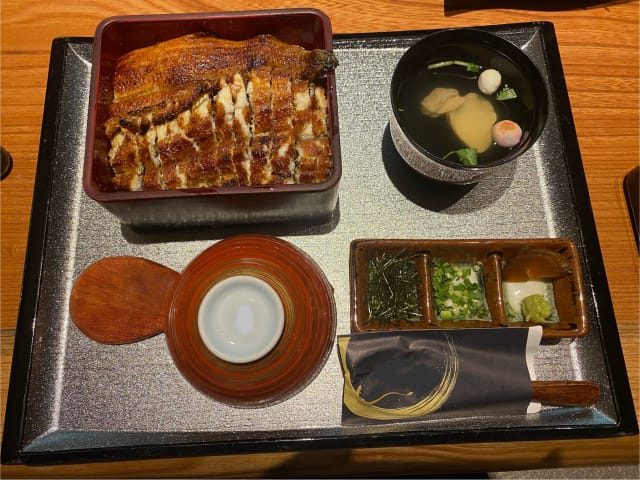
Unagi is one of the most popular ingredients in Japanese cuisine. Here, unagi refers to the freshwater eel.
When eating unagi, it's usually prepared as "kabayaki," which I'll introduce later. By grilling while basting with sauce, it develops a fragrant flavor and soft texture.
Unagi is known as a high-protein, high-vitamin food, characterized by its very high nutritional value. Therefore, it's considered effective for preventing summer fatigue and restoring energy.
There's also a custom of eating unagi on specific days called "Doyo no Ushi no Hi." The purpose is to boost stamina by eating unagi on the hottest days of summer, particularly on the day of the Ox during the Doyo period.
I also make sure to eat unagi on this Doyo no Ushi no Hi every summer. I feel like I can sense the protein and vitamins from the unagi permeating my body, tired from the heat.
When is the Best Season for Unagi?
The best season for unagi is summer. Eels that have finished spawning are said to be fatty and delicious. Unagi is indeed an essential food for getting through Japan's harsh summer.
When summer comes, I can't resist eating unagi. Somehow, eating unagi in the hot summer makes me feel energized.
Why Japanese People Love Unagi
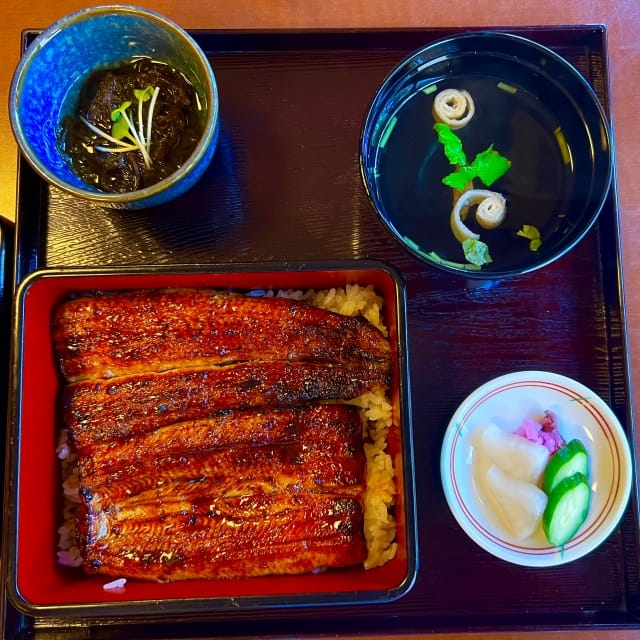
Unagi has long been loved as a summer specialty for Japanese people. The custom of eating unagi on Doyo no Ushi no Hi has continued since the Edo period.
Originally, unagi was loved as a nutritious dish for common people. However, in recent years, Japanese eels have decreased, making it a luxury food.
That's why local unagi shops that offer delicious unagi at affordable prices are highly valued even by Japanese people.
In my hometown, there's an old-fashioned unagi shop. Their unagi is crispy on the outside, fluffy on the inside, and absolutely delicious.
What is "Doyo no Ushi no Hi"?

Have you heard of "Doyo no Ushi no Hi"? "Doyo" refers to specific days at the change of seasons.
It's said that the custom of eating unagi spread after a scholar in the Edo period advertised that "eating unagi on Doyo no Ushi no Hi is good for preventing summer fatigue."
But this isn't just a superstition. Unagi is actually a nutrient-rich food, so it's perfect for preventing summer fatigue. Currently, when summer's Doyo no Ushi no Hi comes around, supermarkets sell unagi, and restaurants offer special menus.
Every year, as Doyo no Ushi no Hi approaches, I make plans to eat unagi. It's become an annual event to go eat delicious unagi with family or friends.
One way Japanese people spend their summer is by eating unagi while psyching themselves up, saying "Let's get through this summer too!"
Types of Unagi Dishes
There are various ways to eat unagi. Let me introduce some representative ones.
Kabayaki
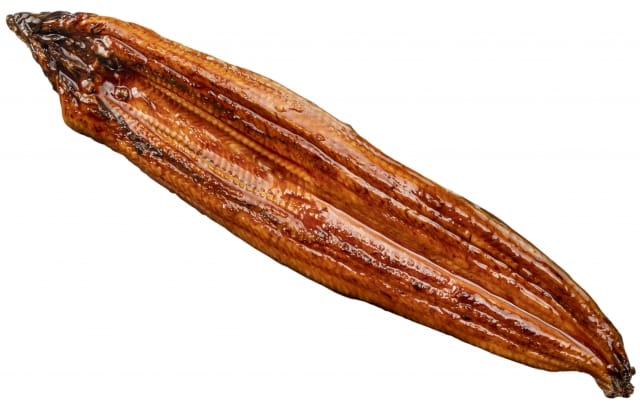
Kabayaki is the most representative cooking method for unagi. It's characterized by grilling the opened eel while basting it with sauce. The result is crispy on the outside and fluffy on the inside. The sauce is sweet and savory, based on soy sauce with added mirin and sugar.
I love unagi kabayaki. The contrast between the crispy outside texture and the fluffy inside texture is irresistible. The sweet and savory sauce also goes perfectly with rice. You won't be able to stop eating!
Kabayaki Trivia
Actually, the sauce for unagi kabayaki varies by shop. Some long-established unagi shops have been adding to and preserving their secret sauce recipes for decades. That's why enjoying the different tastes from shop to shop is part of the real pleasure of unagi.
Unaju
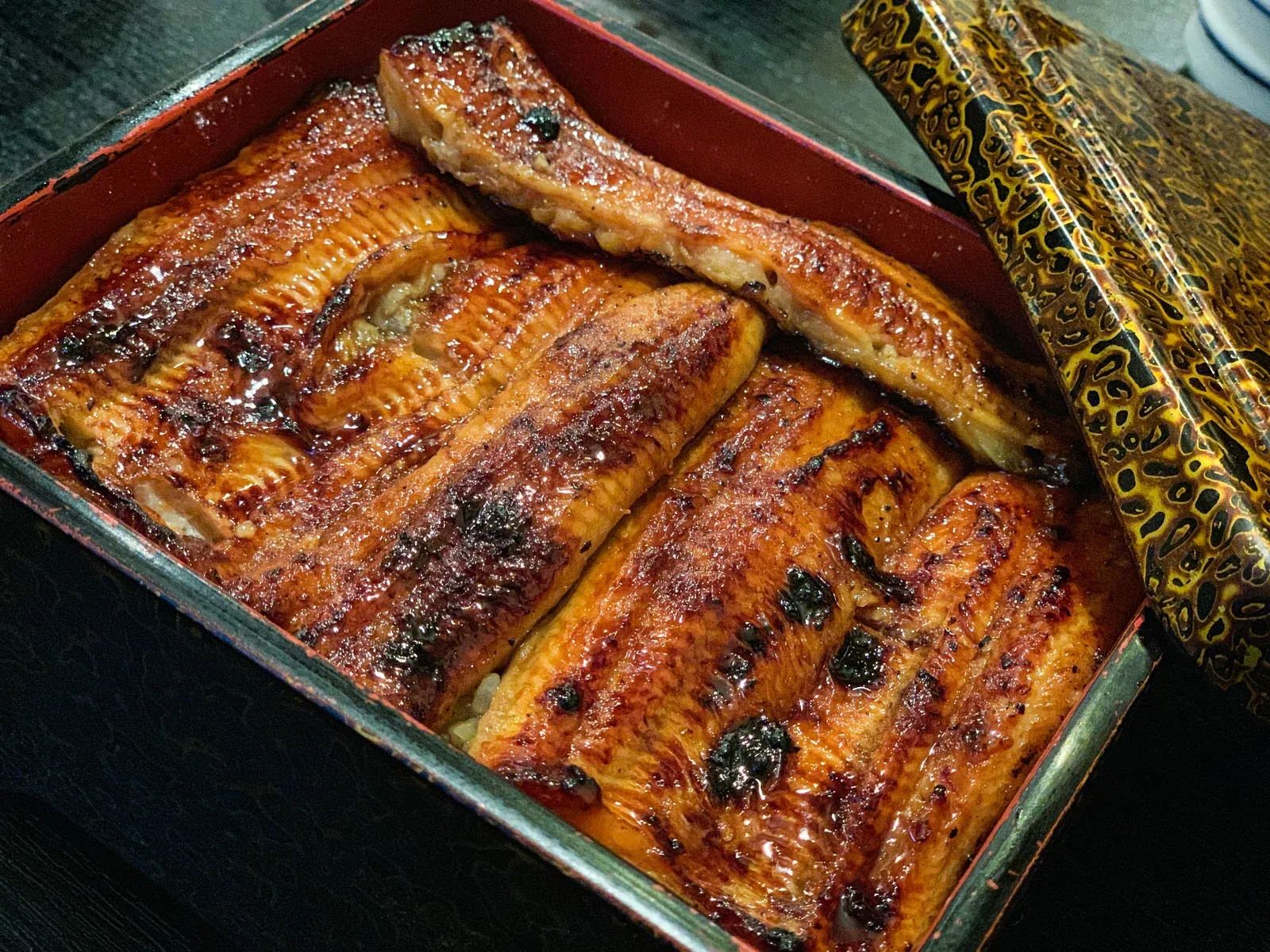
Unaju is a dish where kabayaki is placed on top of rice, and it's the standard style of unagi dishes. The sauce soaks into the rice, making it irresistibly delicious. The condiment sansho pepper and the flavor of the accompanying nori seaweed also enhance the appeal of unaju.
For me, unaju is the epitome of summer. On a hot day, eating unaju makes me feel energized. The generous amount of sauce coating the rice stimulates my appetite. The spicy kick of sansho pepper that enhances the fattiness of the eel is also irresistible.
Hitsumabushi
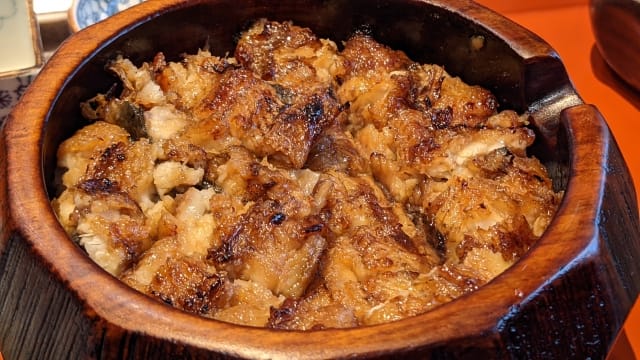
Hitsumabushi is a dish where kabayaki is finely chopped and placed on top of rice, known as a specialty of Nagoya.
The charm of hitsumabushi lies in how it's eaten. You can enjoy changes in flavor by eating it in stages: first as it is, then with added condiments, and finally as ochazuke by pouring broth over it.
Another attraction of hitsumabushi is that you can enjoy different textures. You start with a crispy texture, which gradually changes to a moist texture. Hitsumabushi is said to have originated in Nagoya (Aichi Prefecture).
Although I'm not from Nagoya, I have a special attachment to hitsumabushi. When I visited Nagoya for the first time, the hitsumabushi I ate was so delicious that I was deeply moved. I still can't forget the exquisite harmony of eel and rice when I ate it with broth poured over.
How to Eat Hitsumabushi
Unlike other unagi dishes, as I mentioned briefly earlier, hitsumabushi has a "procedure."
First, you eat it as it is. Next, you add toppings like sansho pepper, nori seaweed, and green onions to your liking. Then, you pour broth over it and eat it like ochazuke. The broth mixes with the eel and rice, allowing you to enjoy yet another delicious flavor.
That said, I actually prefer to mix the condiments and broth from the start.
This procedure isn't a "manner" per se, but just one way to enjoy it deliciously. Try this procedure first and then explore your own preferred way of eating it.
Shirayaki

Shirayaki is a dish where unagi is grilled without sauce. It's characterized by a simple taste that brings out the flavor of the ingredient. It's typically eaten with simple seasonings like salt, allowing you to enjoy the fragrant aroma and the inherent umami of the eel.
I also love shirayaki unagi. The charm is that you can enjoy the taste of the eel itself without relying on the sauce flavor.
Just adding a little salt brings out the umami of the eel. Because it's so simple, you can really tell the quality of the eel.
Where Can You Eat Unagi?
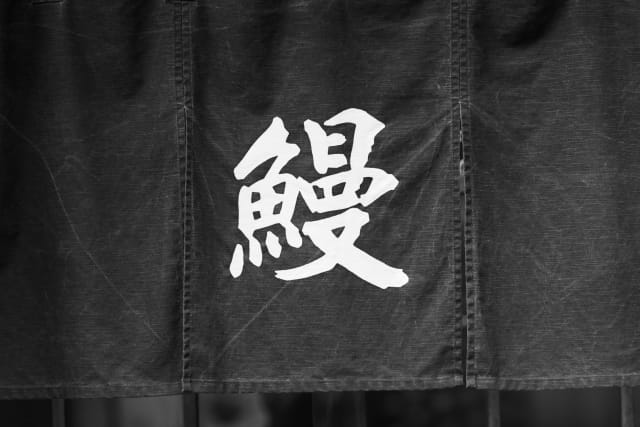
While many dishes you can eat in Japan have chain restaurants, there aren't any nationwide chains for unagi.
Basically, it's often eaten at local unagi specialty shops. Also, many restaurants that serve various Japanese foods often offer unagi as one of their menu items.
My recommendation is the long-established unagi shops in each area. The taste of the sauce that has been added to for many years has a deep flavor that can't be imitated elsewhere.
But it might be quite difficult to find an unagi shop in an unfamiliar place. In such cases, try searching for "unagi" on Google Maps at your place of stay. If you go to a highly-rated shop, you should be fine.
I've introduced in detail the unagi dishes that can be called a summer tradition in Japan. Unagi can be eaten in various ways, including kabayaki, unaju, hitsumabushi, and shirayaki.
I think the charm of unagi is that you can enjoy different tastes and textures with each style.
Also, I hope you now understand well why unagi is loved by Japanese people.
It's not just a delicious food, but unagi has a background deeply rooted in Japanese life, including long-standing culture and traditions, as well as nutritional benefits.
If reading this article has made you want to try unagi, please give it a try on your trip to Japan!

